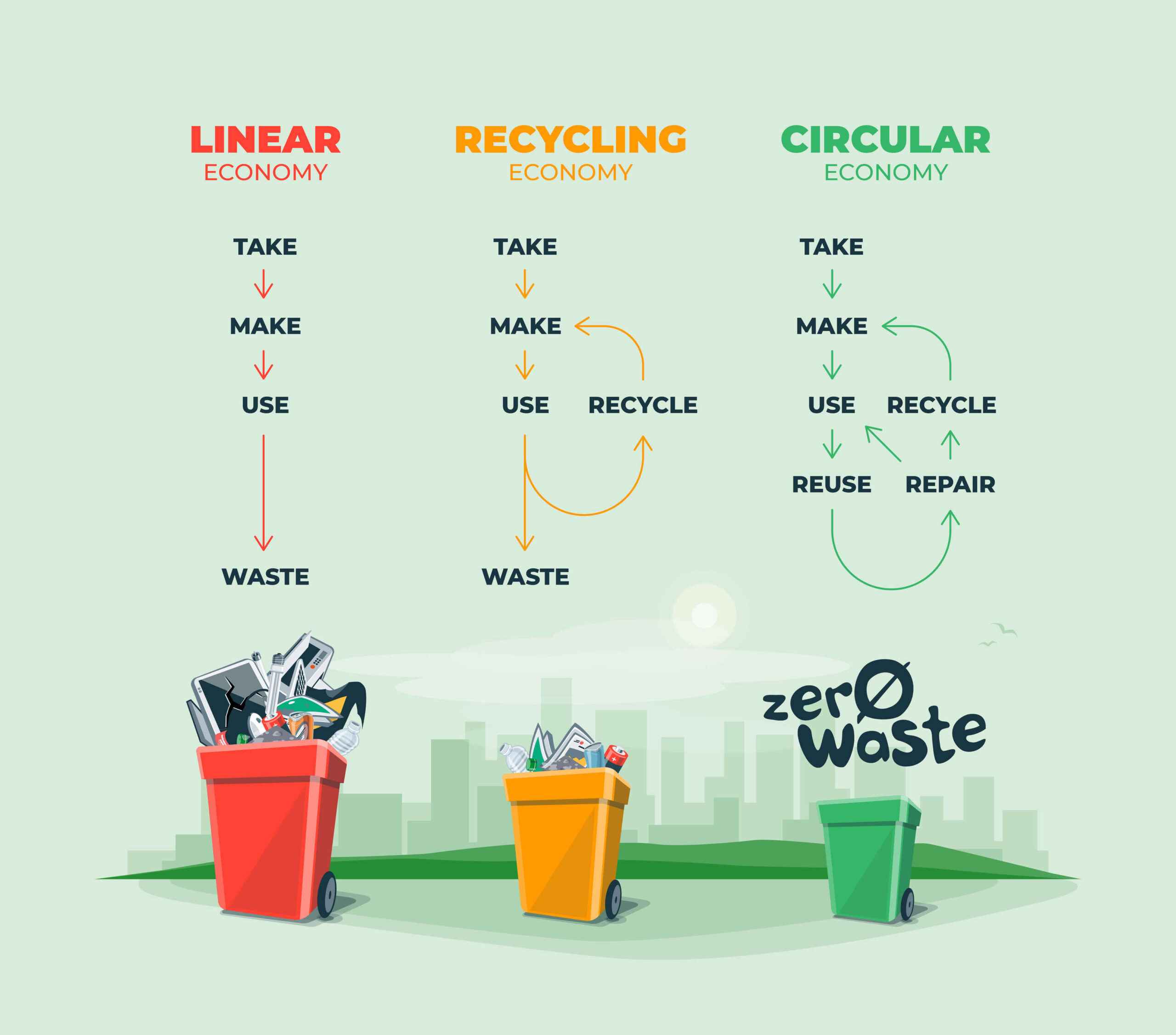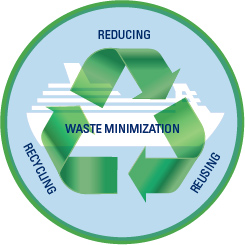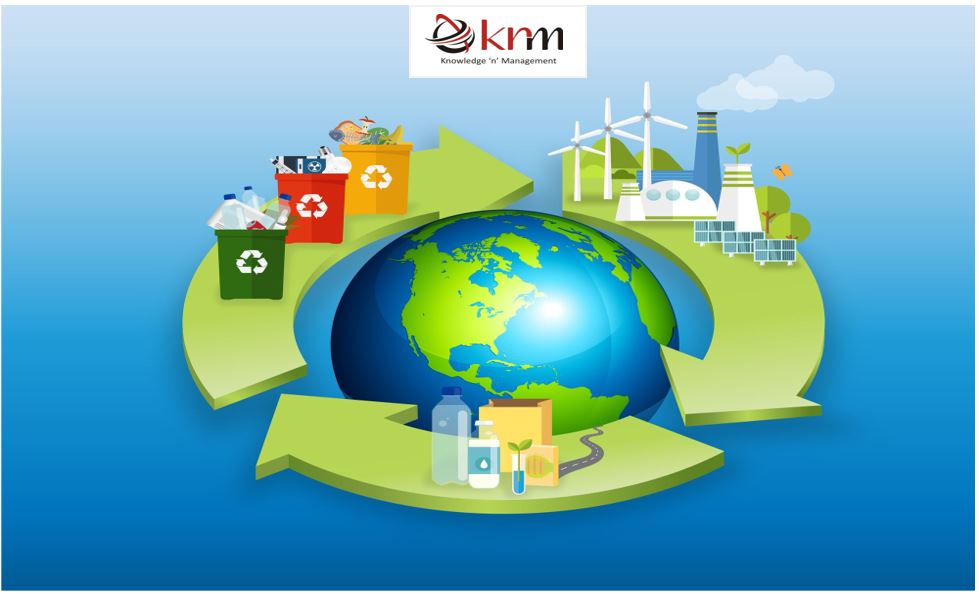Exactly How Recycling Lives Services Make a Difference in Lasting Waste Administration
Discovering Different Types of Waste in Modern Waste Management Equipment
The contemporary landscape of waste management includes browsing a complex array of waste types, each needing specialized handling and disposal approaches to alleviate environmental impacts. Local solid waste, contaminated materials, digital waste, and natural waste each existing distinctive challenges and chances for source healing. Ingenious remedies such as wise waste bins and waste-to-energy modern technologies are becoming crucial tools in boosting effectiveness and sustainability. Understanding these waste kinds is crucial for promoting public awareness and motivating energetic participation in sustainable methods. What methods can properly deal with these varied kinds of waste while promoting a round economy?
Local Solid Waste
Metropolitan solid waste, frequently referred to as house trash or waste, encompasses a selection of thrown out products produced by property, commercial, and institutional sources within a district. This waste stream typically includes things such as packaging, food scraps, lawn trimmings, paper, plastics, textiles, and disposed of house items. The management of metropolitan solid waste is a critical part of urban preparation and public health and wellness, requiring reliable collection, transportation, and disposal systems.
Reliable waste management systems are developed to minimize ecological influence while making the most of source recuperation. Composting organic waste, such as food scraps and backyard trimmings, not only minimizes garbage dump usage but additionally creates important soil changes.
Communities have to also attend to the economic and logistical difficulties connected with waste management. Implementing pay-as-you-throw systems, enhancing public awareness, and buying modern technology can dramatically improve waste diversion rates. By incorporating these practices, communities can cultivate lasting neighborhoods, decrease greenhouse gas emissions, and preserve natural deposits.
Contaminated Materials

Efficient unsafe waste administration includes numerous vital steps: recognition, treatment, segregation, and disposal. Recognition requires the category of waste based on its dangerous properties. Partition makes sure that hazardous products are stored individually from non-hazardous waste to avoid cross-contamination. Therapy methods, such as chemical neutralization, incineration, and stablizing, are utilized to minimize the toxicity, quantity, or mobility of the waste. Lastly, disposal options, including safe garbage dumps and underground storage, are picked to ensure lasting containment.
Regulatory structures, such as the Resource Preservation and Recuperation Act (RCRA) in the United States, give guidelines and standards for hazardous waste management. Adherence to these guidelines, paired with improvements in waste treatment modern technologies, is vital in reducing the dangers connected with unsafe waste.
Electronic Waste
Digital waste, typically referred to as e-waste, represents a swiftly expanding obstacle in waste administration systems globally. This kind of waste encompasses disposed of electronic devices and equipment such as smart devices, computer systems, tvs, and various other electronic home appliances. The rapid speed of technical innovation, combined with reducing item lifespans and consumer need for the current gadgets, has actually exponentially boosted the quantity of e-waste created every year.
E-waste is particularly troublesome due to its intricate composition, often including dangerous materials like cadmium, lead, and mercury, which posture substantial environmental and health and wellness dangers if not properly taken care of. On the other hand, e-waste likewise has valuable products such as silver, copper, and gold, which can be recouped and recycled. The dual nature of e-waste-- both dangerous and important-- demands specialized handling, recycling, and disposal processes.
Efficient e-waste administration involves stringent governing frameworks, robust collection systems, and progressed recycling modern technologies. Public understanding and involvement are crucial, as incorrect disposal techniques, such as unlawful unloading and informal recycling, worsen environmental contamination and carcinogen. Consequently, boosting e-waste management practices is crucial for mitigating eco-friendly influence and recuperating important resources in a progressively digital world.

Organic Waste
Organic waste, consisting of kitchen scraps, lawn trimmings, and agricultural residues, represents a considerable section of the worldwide waste stream. This kind of waste is biodegradable, indicating it can be damaged down by microbes right into easier organic substances. In spite of its possibility for natural decomposition, improper administration of natural waste can result in unfavorable environmental effects, including the emission of greenhouse gases such as methane, which add to environment modification.
Efficient management of organic waste is critical for lessening these ecological influences (recycling lives services). Composting is a commonly taken on technique, transforming natural waste into nutrient-rich garden compost that can improve dirt health and wellness and agricultural productivity. Additionally, anaerobic food digestion is an arising innovation that transforms natural waste into biogas, a renewable power source, and digestate, which can be used as fertilizer
Municipalities and waste management entities need to carry out durable natural waste collection and therapy programs to take full advantage of the advantages of these processes. Public education campaigns can likewise play a critical function in motivating households and companies to separate organic waste from various other types of waste. By prioritizing the management of natural waste, cultures can decrease garbage dump use, reduced greenhouse gas emissions, and create valuable results for farming usage.

Innovative Waste Management
In the realm of waste administration, cutting-edge techniques are changing how cultures manage their refuse, going for sustainability and effectiveness. These advancements encompass an array of modern technologies and techniques that improve recycling prices, minimize land fill reliance, and lower ecological influence. One famous development is the execution of clever waste containers furnished with sensing units that keep an eye on fill levels and enhance collection courses. This not just decreases fuel consumption however additionally minimizes greenhouse gas discharges.
One more notable growth is the adoption of waste-to-energy (WtE) innovations. By converting non-recyclable waste right into useful energy through procedures such as incineration and anaerobic food digestion, WtE minimizes landfill problem and offers a renewable resource source. Additionally, improvements in chemical reusing enable the failure of complex plastics into their initial monomers, enabling the development of brand-new, premium plastic products.
Moreover, the circular economy version is acquiring their website traction, highlighting the style of products and systems that focus on reusability and source efficiency. This all natural strategy motivates industries to decrease waste generation from the start. Through these ingenious approaches, modern waste management systems are not only addressing the prompt obstacles of waste disposal yet also paving the method for a More hints more lasting future.
Final Thought
An extensive understanding of metropolitan strong waste, harmful waste, electronic waste, and natural waste, paired with the application of innovative waste management services, is crucial for reducing ecological impacts. Integrating modern technologies such as wise waste containers and waste-to-energy systems can enhance effectiveness and sustainability. Effective waste administration strategies not only foster source recuperation yet also advertise public recognition and participation, ultimately contributing to the development of a round economy.
The modern landscape of waste administration involves browsing an intricate variety of waste kinds, each requiring specialized handling and disposal methods to minimize ecological influences. Metropolitan strong waste, dangerous waste, digital waste, and natural waste each existing distinctive challenges and chances for resource recuperation.Electronic waste, commonly referred to as e-waste, represents a quickly expanding challenge in waste administration systems worldwide. Via these cutting-edge techniques, contemporary waste visit the website management systems are not only addressing the instant difficulties of waste disposal yet additionally paving the way for an extra lasting future.
A comprehensive understanding of metropolitan solid waste, harmful waste, electronic waste, and natural waste, coupled with the implementation of ingenious waste management services, is critical for alleviating ecological influences. (recycling lives services)